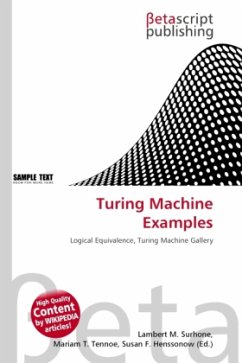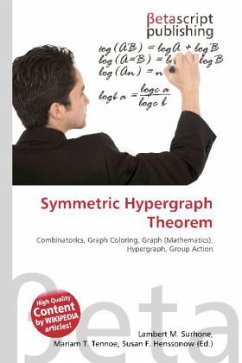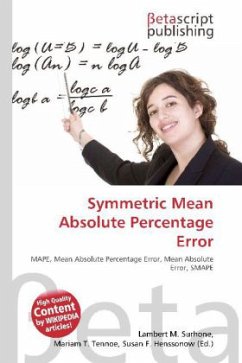Please note that the content of this book primarily consists of articles available from Wikipedia or other free sources online. A Symmetric TM is a TM which has a configuration graph that is undirected. That is configuration i yields configuration j if and only if j yields i. The set of languages that have a symmetric TM deciding it in log space is called SL. It was first defined in 1982 by Lewis and Papadimitriou, who were looking for a class in which to place USTCON, which until this time could, at best, be placed only in NL, despite seeming not to require nondeterminism. They defined the symmetric Turing machine, used it to define SL. Symmetric Turing machines are kind of Turing machines with limited nondeterministic power. Informally Symmetric computations are reversible in an approximate manner. A symmetric computation is divided into locally deterministic sub computation (segments) between special configuration, where nondeterminism takes place, such that the only special configuration reached from a backward computation is the special configuration started the segment.
Bitte wählen Sie Ihr Anliegen aus.
Rechnungen
Retourenschein anfordern
Bestellstatus
Storno








